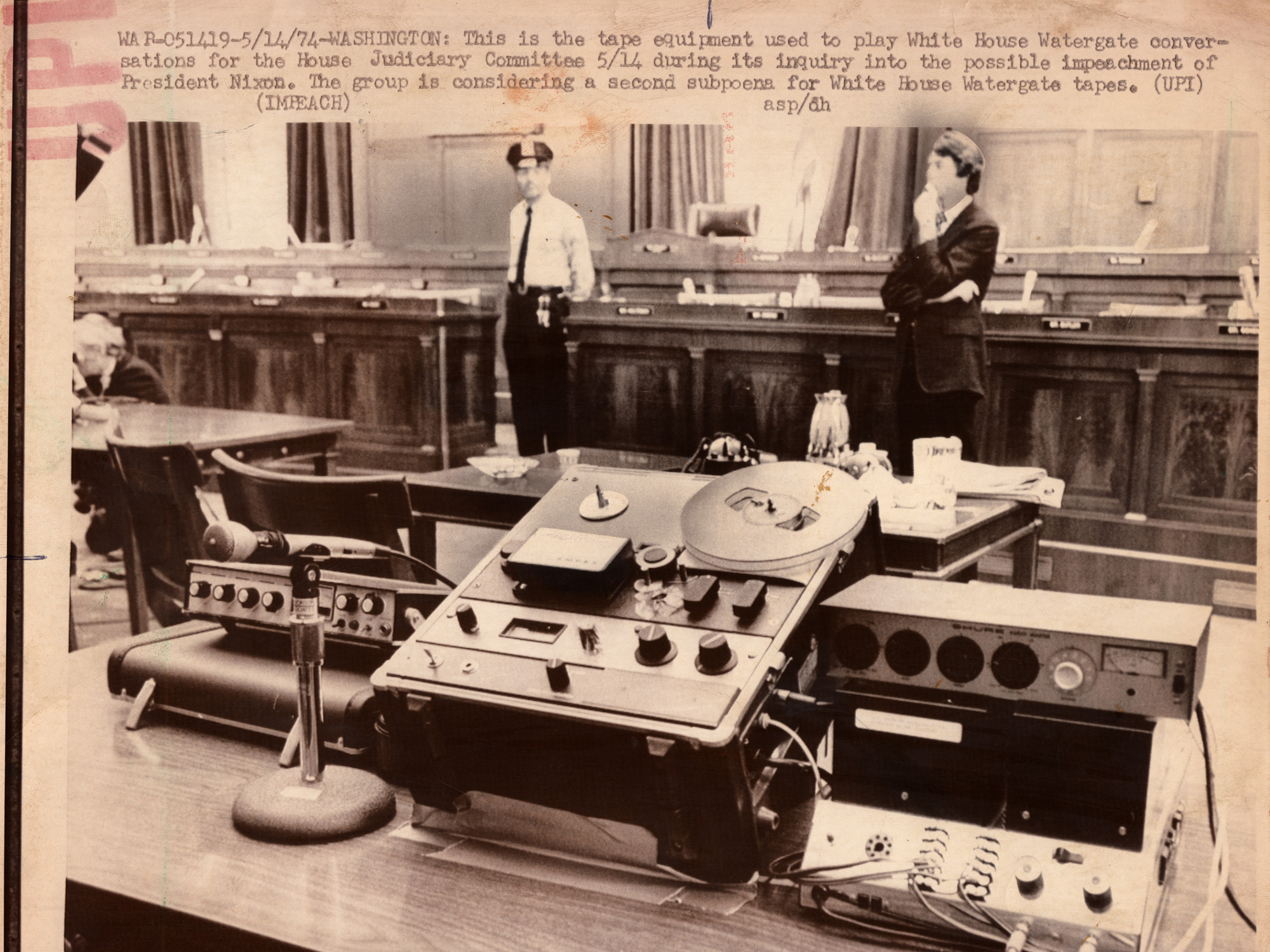Event/s

Susan Schuppli: Material Witnesses
Wed, 01. Aug 2018
1-2pm
“This artist talk draws upon my research exploring the evidential role of matter. In pursuing this research I have examined a wide range of materials that have recorded trace-evidence of the violence that generated their contexts and explore the institutional and disciplinary protocols that enable their latent histories to be rendered intelligible and made to speak, even if their ‘speech acts’ oftentimes fall upon deaf ears or challenge accepted truths. Throughout I’ve tried to account for the myriad ways in which the responsiveness of matter to external forces demands an acute and renewed sense of material and technical specificity in order to grasp the full political implications that such ongoing changes or interactions might yield.”
**Susan Schuppli **is an artist and researcher based in the UK, whose work examines material evidence from war and conflict to environmental disasters. Commissioned works include Nature Represent Itself, SculptureCenter, NY, Trace Evidence, Arts Catalyst, & Bildmuseet and Atmospheric Feedback Loops, a Vertical Cinema project for Sonic Acts. Creative projects have been exhibited throughout Europe, Asia, Australia and New Zealand, Canada and the US. She has published widely within the context of media and politics and is author of the forthcoming book, Material Witness (MIT Press). In 2016 she received the ICP Infinity Award for Critical Writing & Research. Schuppli is Reader and Director of the Centre for Research Architecture, Goldsmiths University of London and was previously Senior Research Fellow with Forensic Architecture, an agency with whom she is still affiliated.